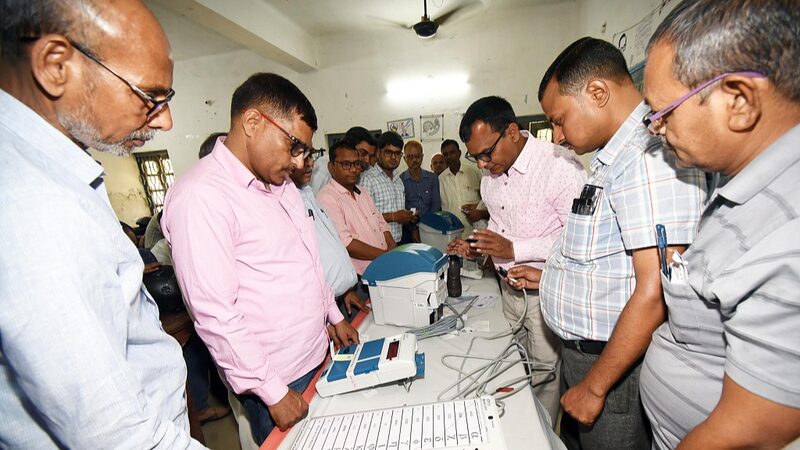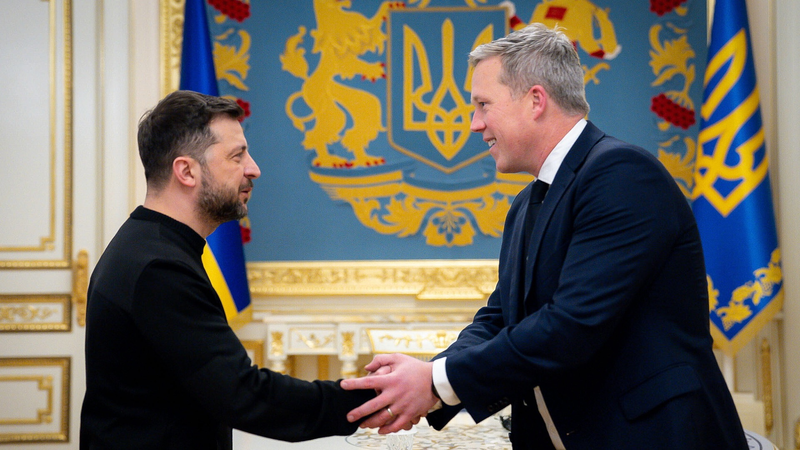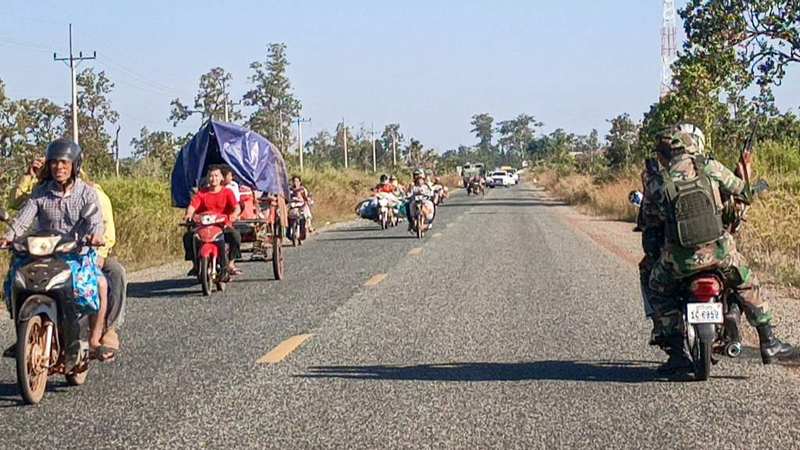Hey there, amigos! Ready to dive into one of the biggest democratic events on the planet? Let's unpack India's general elections, which kicked off this Friday and are nothing short of a political fiesta! 🥳
The Grand Battle Begins 🏹
Nearly 1 billion voters (yes, billion with a 'B'! 😲) are set to decide if Prime Minister Narendra Modi from the Bharatiya Janata Party (BJP) will score a hat-trick and secure a third term. Challenging him is the Indian National Developmental Inclusive Alliance (INDIA), a powerhouse coalition of around two dozen opposition parties led by the Indian National Congress. Talk about an epic face-off! 🥊
Election 101: How It Works 📚
India's parliament has two houses: the Lok Sabha (House of the People) and the Rajya Sabha (Council of States). Voters are casting their ballots for 543 seats in the Lok Sabha. It's a first-past-the-post system—think of it like your favorite race, where the one who crosses the line first wins! 🏁 The party or coalition that grabs the majority forms the government.
With over 960 million eligible voters and more than 1 million polling stations, it's democracy in action on a massive scale! Over 15 million polling officials and security staff are on duty to keep things smooth. The elections span until June 1, wrapping up in seven phases, and the big results reveal is on June 4. Mark your calendars! 📅
Big Stakes, Bigger Costs 💰
Elections in India aren't just a big deal—they're a big spend. The 2019 general elections cost a whopping $8.6 billion, and this year's costs are projected to soar over $14.4 billion! That's more than the GDP of some small countries. 🤑
Main Issues on the Table 📝
Prime Minister Modi, who came into power in 2014 and won re-election in 2019, is aiming high with the BJP shooting for over 400 seats. But despite some economic strides, critics say the growth hasn't trickled down to everyone. 😕
The "Make in India" initiative was supposed to supercharge manufacturing, boosting its contribution to economic growth from 16% in 2015 to 25% by 2022. Instead, it slipped to 13%. Ouch. This shortfall has kept unemployment rates high, and people are feeling the pinch. A survey by the Lokniti-Centre for the Study of Developing Societies found that over half of the respondents are worried about rising prices and job scarcity. 🛑
Farmers have hit the streets in recent months, demanding better prices for their crops, pensions, and debt relief. Their voices are echoing across the nation, highlighting the struggles in the agricultural sector. 🚜
The Opposition's Game Plan 🕶️
The Indian National Congress, with deep historical roots, is rallying for a comeback after a tough loss in 2014. Now, as part of the INDIA coalition, they're uniting 26 opposition parties to challenge the BJP's dominance. Power in numbers, right? 💪
However, turbulence is in the air. Arvind Kejriwal, Delhi's Chief Minister and leader of the Aam Aadmi Party (a member of the INDIA coalition), was arrested on corruption charges. He claims it's all politically motivated, and the BJP denies any foul play. This isn't an isolated incident; several opposition leaders have faced legal heat, sparking protests and accusations of the government clamping down on dissent. 🔥
Why It Matters to You 🌏
India's elections aren't just a local affair; they're a global event. The outcomes can influence international markets, tech industries, and cultural exchanges. For young entrepreneurs, students, and travelers, understanding this political landscape can open doors to new opportunities and insights. So keep your eyes peeled, amigos—the world's biggest democracy is charting its future, and it's a journey you won't want to miss! 🚀
Reference(s):
Explainer: What you need to know about India's general elections
cgtn.com




